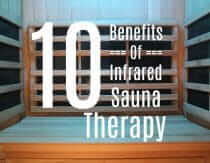
Have you ever wondered how sauna therapy, burdock root tea, and whole body vibration can all be helpful for optimizing detoxification? I mean, those three things are not even remotely similar, so how are they supporting the same goal?
You might even be thinking, “Isn’t detoxification automatic? Why would it even need support?”
The short answer is that – yes – our bodies have several mechanisms that help us eliminate the toxins we are exposed to everyday, and the different approaches above (sauna, tea, WBV) support them in different ways.
And while those mechanisms are automatic, our detox systems are facing an unprecedented workload.
Although the human body has an innate capacity to detoxify itself, people now are exposed to a level of consumer, agricultural, and industrial toxins that the human organism never evolved to handle.” (1)
The long answer is . . . well that’s what this article is about. I’ll cover:
- How our bodies detox
- Our five detox pathways
- What happens when detox mechanisms become overwhelmed
- How to support your detox pathways
As always, none of these statements have been evaluated by the FDA, this article is not medical advice, and it is not meant to diagnose or treat any condition. Please talk with your healthcare provider about what approach to detox support is best for you.
But before we dive into how our bodies deal with toxic substances, we should probably chat about what they are.
So, what exactly are toxins and where do they come from?
Technically, toxins are naturally occuring substances like heavy metals and poisons created by plants (think water hemlock), animals (such as poison dart frogs), or bacteria. Our bodies also create toxic substances as byproducts of metabolic processes.
Man-made toxic substances are called toxicants. Most people use “toxins” to refer to both types, though, and I will too since “toxins and toxicants” is a pretty clunky phrase.
All though it’s impossible to cover all the different types here, they include:
- Industrial and environmental toxins like car exhaust, heavy metals, and dioxins contaminating our air, water and soil.
- Agricultural pollutants like heavy metals from fertilizers (not just on farms, but neighborhood yards) and runoff from herbicides like atrazine (which is banned in Europe but not the U.S.) and pesticides (including glyphosate). (2) (3)
- Household toxins like formaldehyde in furniture and building materials, phthalates in cleaning products, flame retardants in furniture and some pajamas, and PFAS in water, cookware, furniture and more.
- Toxins in personal care products, including parabens, formaldehyde releasing preservatives, coal tar dyes, and a whole lot of undisclosed chemicals hidden under the “fragrance” section of product labels (the formulas are considered proprietary and do not have to be disclosed).
- Mycotoxins from mold growing in water-damaged buildings. These biotoxins can also contaminate some foods and can actually grow in our bodies and generate toxins from within. (I know from personal experience after being exposed to black mold in a vacation rental several years ago.) (4) (5)
- Toxins in our food including pesticide residues, dioxins, BPA, synthetic food dyes (which pose a “rainbow of risks” including cancer, hyperactivity, and more), GMOs, and butylated hydroxyanisole (BHA) / butylated hydroxytoluene (BHT) (which have been associated with hormone disruption and are banned in Europe). (6) (7)
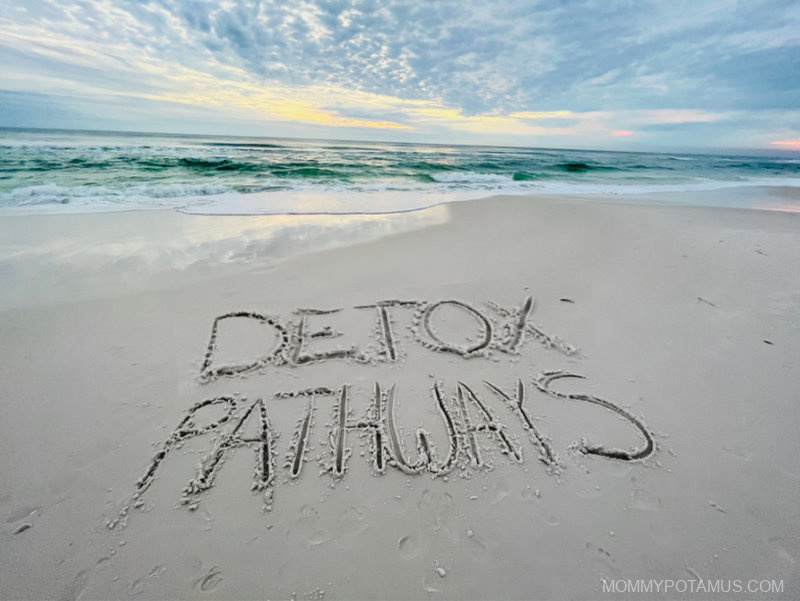
How Our Bodies Detox
Though there are a lot of complicated-sounding words like “glucuronidation” and “acetylation” involved, the basic process of detoxification starts when toxins enter or bodies in one of three ways:
- They’re absorbed through our skin
- They’re inhaled into our lungs
- Or they’re ingested through our digestive tract
Once they enter our body, they can either get stuck (what scientists call bioaccumulation) or are escorted out of the body via:
- Sweat
- Breath
- Urine
- Poop (yep I said it)
The many different routes that a toxin can take from the point of exposure to the point of excretion are our detox pathways, and they’re handled by our detox organs.
Meet Your Detox Organs
When things are functioning optimally, our bodies direct toxins and metabolic waste to the organ most capable of handling that unique substance.
Our liver and kidneys play a primary role, but the gallbladder, lymphatic system, skin, digestive tract and lungs all play vital roles, too.
Let’s take a look at what each one does and how we can support them.
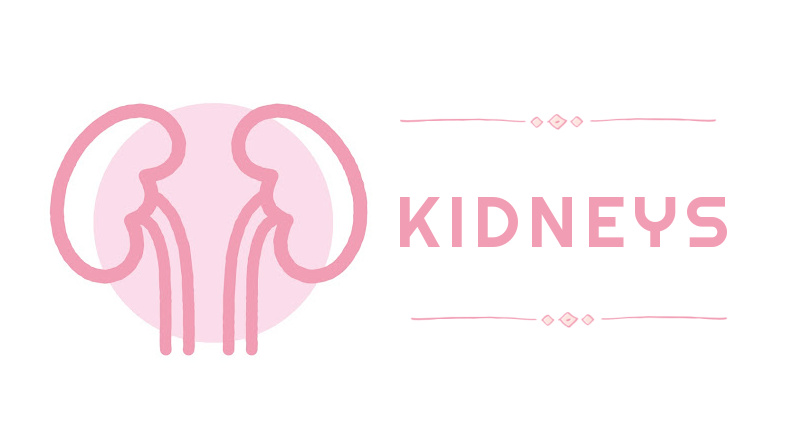
Kidneys
Somewhere between 20-25 times every day, your kidneys filter ALL the blood in your body. (8) Specifically, they specialize in filtering out water-soluble toxins like used-up hormone metabolites and heavy metals, plus excess water.
Once these substances have been filtered out, the kidneys eliminate them via urine.
If we’re not drinking enough water, our kidneys don’t have enough fluid to do their job well. That’s why in addition to eating lots of fresh produce to nourish the kidneys, it’s important to drink enough H20 to keep things flowing.
Of course, sipping water that contains high levels of contaminants isn’t optimal for optimizing detoxification, so it’s best to invest in a good water filter if possible.
Here are some very effective and affordable countertop filters to consider, and here are some under sink options that cost a little more but free up counter space.
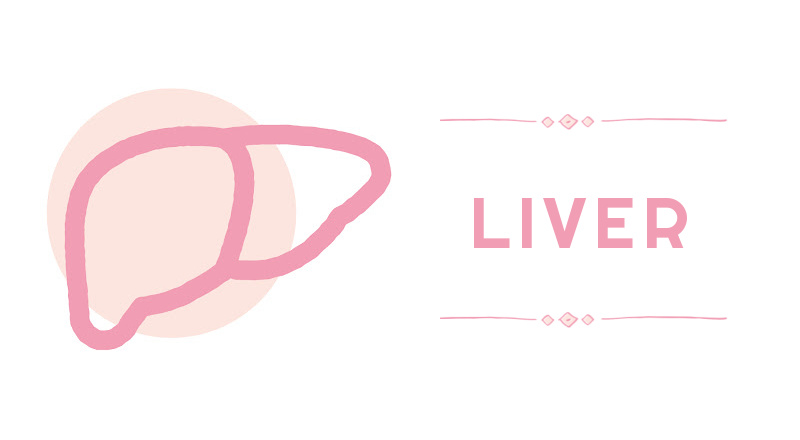
Liver & Gallbladder
While your liver is most definitely not your only detox organ, it is your top one. Many of the toxins you’re exposed to are fat soluble, and when they enter our bodies they need to be converted into water-soluble ones in order to be eliminated. Your liver handles that for you.
Using a two-step process called Phase II and Phase III detoxification, your liver creates little “docking stations” on toxins so that other molecules can attach to them and drag them out of your system.
The gallbladder also plays a role in detox by storing and concentrating bile. As the liver processes toxins, it passes them into urine or into bile.
Bile also contains compounds that help with fat digestion. When we eat, the gallbladder squeezes bile into our digestive tract so that it can help our body break down fats and absorb them. At the same time, toxins are also released into our digestive tract, where hopefully they bind with fiber and are passed out of the body via the colon. (Just one more reason to get enough fiber.)
Sounds simple, right? Unfortunately, no.
There are several genes that play a role in our individual detox capacity – CYP450, MTHFR, MTRR, CBS, GST, Nrf2 and SOD to name a few.
According to Joseph Pizzorno, ND – founding president of Bastyr University and co-author of several books including Clinical Environmental Medicine – there is a thousandfold variation in how well people’s Phase I detox enzymes work and a tenfold variation in Phase II detox enzymes. (1)
Other factors can play a role in liver function as well, including lifestyle factors and infections.
Fortunately, there are ways to support Phase I and Phase II detox – plus Phase III which is also vitally important – and I cover many of them in this article.
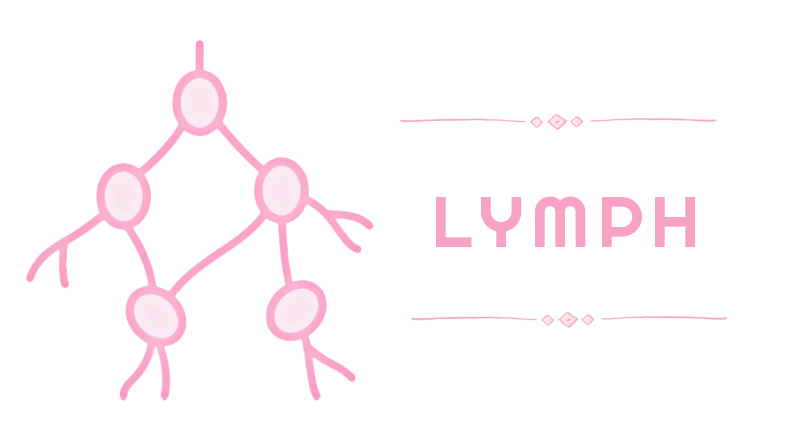
Lymphatic System
Unlike our cardiovascular system which is powered by the heart, our lymphatic system is a passive circulatory system relies on muscle contractions to “pump” immune cells throughout the body while moving pathogens, toxins, and abnormal cells into the bloodstream so they can be further processed by other organs.
With these two primary roles, it serves as both part of our immune system and our internal drainage (detoxification) system.
Historically, most people moved a lot throughout the day – walking long distances, performing manual labor, etc. – which kept lymph pumping via the passive circulation created by muscle contractions.
Unfortunately, these days we move a lot less and are exposed to many more toxins than our ancestors, making it easy for our lymph flow to become sluggish.
That’s why incorporating daily movement is so vital for helping our drainage pathways taking out the trash. It doesn’t have to be strenuous, though – a relaxing walk will do.
Here are some more ways to support healthy lymph flow:
- Exercise
- Dry brushing
- Drinking plenty of water
- Whole body vibration therapy
- Lymph moving herbs such as burdock root
- Rebounding on a small trampoline
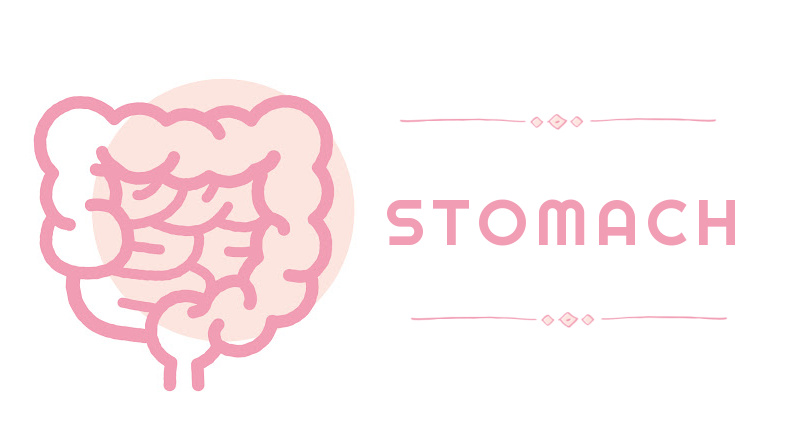
Digestive Tract
In addition to absorbing nutrients and housing over 70% of our immune system, the digestive tract also plays a huge role in toxin elimination.
Unfortunately, there are a few things that can really gunk up the process, like having the wrong gut bacteria and not eating enough fiber.
That’s because certain types of unhelpful gut bacteria can break apart the docking station I mentioned in the section on liver function – you know, the “glue” that our bodies use to attach toxins to molecules like glutathione so that they can be dragged out of the body.
Also, if we’re not eating enough fiber, our bodies will recirculate bile that has already bound with toxins. Getting good quality fiber into our diet allows the “spent” bile to be passed through the body and encourages the liver to make fresh bile.
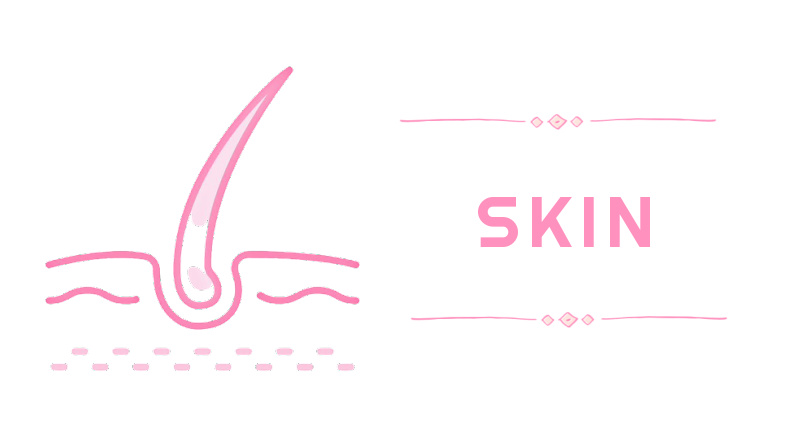
Skin
Baroness Karen Blixen once wrote that “The cure for anything is salt water – sweat, tears, or the sea.”
While “everything” is overstating things, sweat is profoundly beneficial for detoxification. That’s because according to this study, many toxic substances appear to be “preferentially excreted through sweat.”
When we sweat, our bodies are able to excrete “hard to remove” compounds like xenobiotics (BPA, PCB’s, phthalates, DDT metabolites, dioxin, etc.) and heavy metals such as arsenic, cadmium, lead, mercury. (9) (10) (11) (12) (13) (14)
Exercise is an excellent way to get a good sweat going, as is sitting in a sauna.
In fact, sauna therapy has been used support detoxification in police officers after on-the-job exposure to meth-making chemicals. (15)
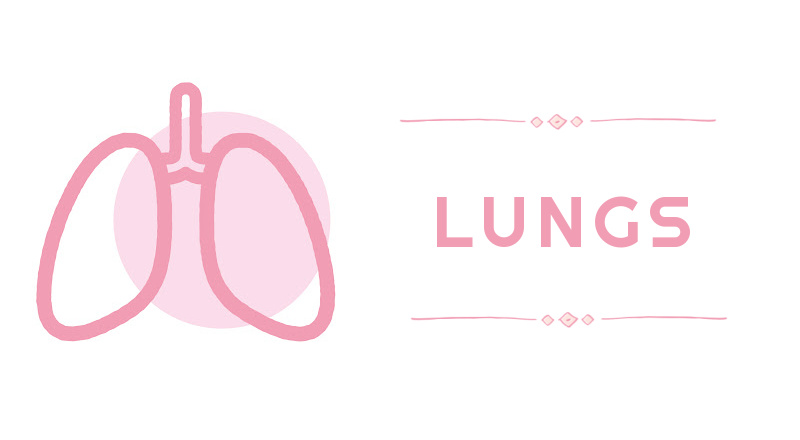
Lungs
The lungs primarily help our bodies detoxify carbon dioxide, but they also help us expel VOC metabolic byproducts such as acetone and aldehyde. (16)
Putting The Pathways Together
Now let’s take a journey that begins at . . . your armpit.
It’s early morning, and in the dim light you don’t notice that someone has swapped your natural deodorant with a store-bought option loaded with parabens, triclosan, aluminum, phthalates and other chemicals.
So you apply it, and as the toxins absorb into your skin they make their way into your bloodstream and lymphatic system. The blood and lymph fluid shuttle the toxins to your two primary detox organs, which vary by specialty.
The kidneys handle the water-soluble toxins, which are then excreted via urine.
The liver handles the fat-soluble using a two-phase process that breaks them down for elimination via the urinary tract or colon (depending on the substance).
The skin also helps out by excreting some of the toxins via sweat.
That, folks, is one example of how our detox pathways function in real life.
Ideally, the toxin is 100% eliminated, but if for some reason the pathways aren’t functioning optimally some of it will be stored in our fat, bones, brain, or other organs. This process is called bioaccumulation. (17)
Fortunately, in addition to the steps mentioned above, there are ways to reduce our overall body burden and further support our detoxification systems.
- Click here to dive deeper into Phase I and II of liver detoxification
- And click here for ways to support detoxification naturally
Want more research-backed natural remedies?
No problem, I’ve created a free ebook for you – Kitchen Apothecary: 25+ Natural Remedies Using Ingredients From Your Pantry – as a gift for signing up for my newsletter. You’ll also get updates when I post about safe essential oils for pregnant/breastfeeding mamas, exclusive gifts and coupons (I was able to give away a jar of free coconut oil to anyone who wanted it recently!), plus other goodies.
Sign up using the form below.
Sources
1. Pizzorno, Joseph (2017) The Toxin Solution: How Hidden Poisons in the Air, Water, Food, and Products We Use Are Destroying Our Health–And What We Can Do To Fix It
2. Jennifer Beth Sass and Aaron Colangelo (2006) European Union bans atrazine, while the United States negotiates continued use
3. Minnesota Department of Health. Heavy Metals in Fertilizers
4. World Health Organization (2018) Mycotoxins
5. Brewer, Joseph H et. al. (2013) Chronic illness associated with mold and mycotoxins: is naso-sinus fungal biofilm the culprit?
6. Pop, Anca et. al. (2013) Endocrine disrupting effects of butylated hydroxyanisole
7. National Toxicology Program (2021) 15th Report on Carcinogens
8. BFH Research (2018) What’s the role of your kidneys?
9. Rhonda Patrick, Ph.D. Sauna Use And Building Resilience to Stress
10. Sears, Margaret E. (2012) Arsenic, Cadmium, Lead, and Mercury in Sweat: A Systematic Review
11. J R Cohn and E A Emmett (1978) The excretion of trace metals in human sweat
12. Genuis, Stephen J. et. al. (2012) Human Excretion of Bisphenol A: Blood, Urine, and Sweat (BUS) Study
13. Crinnion, Walter (2007) Components of practical clinical detox programs–sauna as a therapeutic tool
14. Richard D Lennox and Marie Cecchini-Sternquist (2018) Safety and tolerability of sauna detoxification for the protracted withdrawal symptoms of substance abuse
15. Gerald H Ross and Marie C Sternquist (2012) Toxin exposure and chronic illness in police officers: significant improvement with sauna-based detoxification therapy
16. Hubbard, H F et. al. (2009) Application of novel method to measure endogenous VOCs in exhaled breath condensate before and after exposure to diesel exhaust
17. K.Chojnacka and M.Mikulewicz (2014) Encyclopedia of Toxicology (Third Edition)



